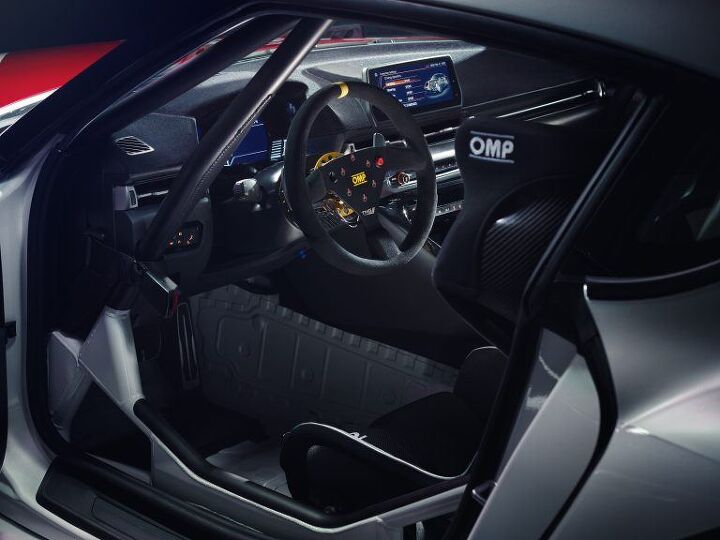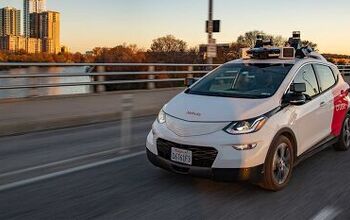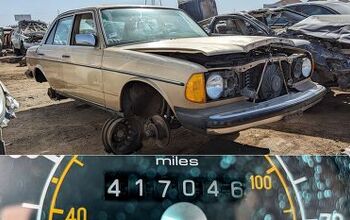Toyota Supra GT4 Development Still in Early Stages
Toyota GAZOO Racing showed their Supra GT4 Concept at the Geneva motor show in March, but the word “Concept” must be emphasized. While they are planning to bring the car to market, and parading it on the media accounts, the entire program is very early in its development. With no existing sales and support team based in the United States, let’s investigate what it will take to bring the GT4 to IMSA and SRO GT America competition in the U.S.
GT4 is an international homologation specification that is owned by the SRO Motorsports Group and adopted by race sanctioning bodies around the globe. The Supra GT4 will be entering a class that includes entries such as the Aston Martin Vantage, Audi R8, Chevrolet Camaro, Ford Mustang, McLaren 570S, Mercedes-AMG GT, Porsche Cayman, and — of course — the BMW M4.
Given the common underpinnings of the Supra and BMW Z4, an issue that stands out is that BMW is established world-wide with their M4 GT4 in the hands of both professional and amateur teams. The Supra GT4 not only needs to perform equivalently to its German cousin (Balance of Performance regulations will help to ensure this), but GAZOO Racing must be able to support the teams in their development and race programs.
In terms of performance, the Supra is running the B58 3.0-liter twin-scroll single-turbocharged inline-6, connected to the ZF 8HP automatic transmission. The M4, however, has the M-division’s S55 twin-turbo with a water-to-air intercooler, higher rev limit and a 7-speed dual-clutch transmission. In the production cars, the Supra is rated at 335 horsepower, while the M4 produces 425 hp. The M4 makes its power at a higher rpm range, though, utilizing larger bore and shorter stroke pistons to displace the same 3.0 liters.
Right off the bat, the M4 has the “racier” engine of the two. It doesn’t even get significantly cranked up to make legal power for IMSA and SRO competition. It has various USB “power sticks” to achieve different levels of power, up to something around 500 hp. The Supra, on the other hand, would require additional power boosting to match the M4 GT4. While the road-going Supra is a couple hundred pounds lighter than an M4, I expect that their race weights will within 100 lbs of each other since the M4 has more content that it can shed during its transformation to a race car.
Alastair Moffit, Communications Manager at Toyota Motorsport GmbH, told me that the Supra GT4 “will use an OE engine which is in the Supra road car” and that “it was essential for us that the engine comes from a Toyota road car.” This is surely for marketing reasons, though I may have thought that most people who were paying attention to the Supra’s racing success would be savvy to the fact that its powered by a BMW engine. But what we enthusiasts sometimes forget is that we’re actually a small minority among car buyers. Most buyers don’t know the ins and outs of the automotive landscape like we do. I suppose that’s how NASCAR can be so successful while sharing nothing with any road car.
The transmission is also a significant difference between the Supra and M4. Regarding the Supra GT4, Alastair told me, “The gearbox is one of the items to be finalized. Currently we anticipate moving away from the OE gearbox but that is not 100 [percent] finalized yet.”
The Supra road car is essentially using the same 8-speed ZF 8HP automatic as the M240i, which utilizes that same transmission in the M240i Racing version, albeit with tuning changes. Having personally raced an M235iR in the Pirelli World Challenge for 2017 (now SRO TC America), I have a fair bit of experience with the powertrain. The tuning changes lock up the torque converter full time above a few mph and the shift times are cut in half as compared to the street version. The paddle-shifted automatic is a significant competitive advantage over a manual transmission, but the difference between the 8HP and a dual-clutch transmission is of similar magnitude. The M4 GT4 retains the considerably faster-shifting DCT from the road car, along with some tuning changes for race duty.
If the Supra GT4 moves away from the ZF 8HP, they could either adopt the DCT from the M4, or go with a true racing sequential. Given the customer-racing nature of the program, the expense and maintenance of a racing sequential could be off-putting for some teams. But, without the M4’s S55 engine, adapting BMW’s DCT to the B58 Supra engine would require collaboration from BMW to facilitate. As there seems to be a disconnect there, I anticipate that Toyota Motorsport is looking at a racing sequential transmission.
I asked BMW Motorsport about their feelings on having a car with BMW underpinnings compete against them under a different brand. Their response was that I should reach out to Toyota directly, as BMW was not involved in the Supra GT4 development.
When I asked Toyota Motorsport about the potential for collaboration with BMW on the Supra GT4, Alastair Moffett responded, “Although obviously the Supra road car is a joint development with BMW, the GT4 conversion is done entirely by Toyota Motorsport GmbH in Cologne, which is part of TOYOTA GAZOO Racing … we are selecting our components independently with no reference to any BMW project.” He went on to say, “The Supra is a Toyota product so they are not required to give any permission for us to develop our own product into a race car.”
It seems safe to say that Toyota intends to use the Supra GT4 to beat BMW with their own car.
Part of the benefit of OEM-designed and built race cars is that the cars have the full engineering knowledge base and resources of the company behind their development. Toyota likely had enough open collaboration with BMW on the joint-development of the Supra that they can successfully adapt the cars to racing duty. But, even once they can match the performance of the GT4 field, Toyota Motorsport will need to be able to demonstrate that they can support their customer racing teams.
Building their customer racing program may be more difficult than building a competitive race car. BMW has a significant head start, as they began supporting the M235i Racing in the U.S. at the beginning of 2016, adding the M4 GT4 in 2018 and supporting over 170 events around the world that year. Toyota likewise must have the capacity to provide technical support and replacement parts on-site for their customer racing teams. Unlike BMW, they don’t have an existing sales, engineering, or parts network in the United States for their Motorsport division. This is a lot different from selling TRD accessories and these are big factors for teams considering what car will provide them the best chance for success.
The critical thing that Toyota needs is customers who are willing to be early adopters to get them off the ground in the U.S. I sincerely hope that we’ll have some teams step up to campaign Supra GT4s in the IMSA GS and SRO GT4 America classes in 2020, as fans of the car deserve to see them out there racing.
[Images: Toyota]
Following 10 years in Toyota's Production Engineering division, Anthony spent 3 years as a Vehicle Dynamics Engineer for FCA. From modest beginnings in autocross, he won a NASA SpecE30 National Championship and was the 2017 Pirelli World Challenge TC Rookie of the Year. Aside from being a professional racecar driver, he is a private driving coach and future karaoke champion.
More by Anthony Magagnoli
Latest Car Reviews
Read moreLatest Product Reviews
Read moreRecent Comments
- Brian Uchida Laguna Seca, corkscrew, (drying track off in rental car prior to Superbike test session), at speed - turn 9 big Willow Springs racing a motorcycle,- at greater speed (but riding shotgun) - The Carrousel at Sears Point in a 1981 PA9 Osella 2 litre FIA racer with Eddie Lawson at the wheel! (apologies for not being brief!)
- Mister It wasn't helped any by the horrible fuel economy for what it was... something like 22mpg city, iirc.
- Lorenzo I shop for all-season tires that have good wet and dry pavement grip and use them year-round. Nothing works on black ice, and I stopped driving in snow long ago - I'll wait until the streets and highways are plowed, when all-seasons are good enough. After all, I don't live in Canada or deep in the snow zone.
- FormerFF I’m in Atlanta. The summers go on in April and come off in October. I have a Cayman that stays on summer tires year round and gets driven on winter days when the temperature gets above 45 F and it’s dry, which is usually at least once a week.
- Kwik_Shift_Pro4X I've never driven anything that would justify having summer tires.






































Comments
Join the conversation
This article was especially interesting and I appreciated your perspective on what it takes to run a team in this series.
FINALLY, we get the proper Supra, the REAL Supra, the one with functional vents and speed holes! The unrestrained quantity of worthless, non-functioning "vents" and "look at my racing pretentiousness" bits on the Supra should be enough to turn people away. In a homage to the movie Twins, racing fanboiz can watch their beloved Supra be thoroughly trounced by it's stronger, better looking, more desirable twin while they can pine for a fresh bottle of Back to Black to freshen up their fake vents.